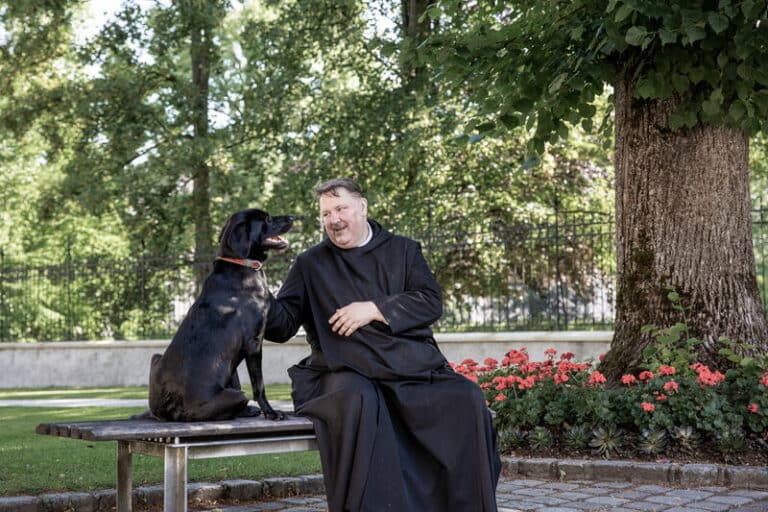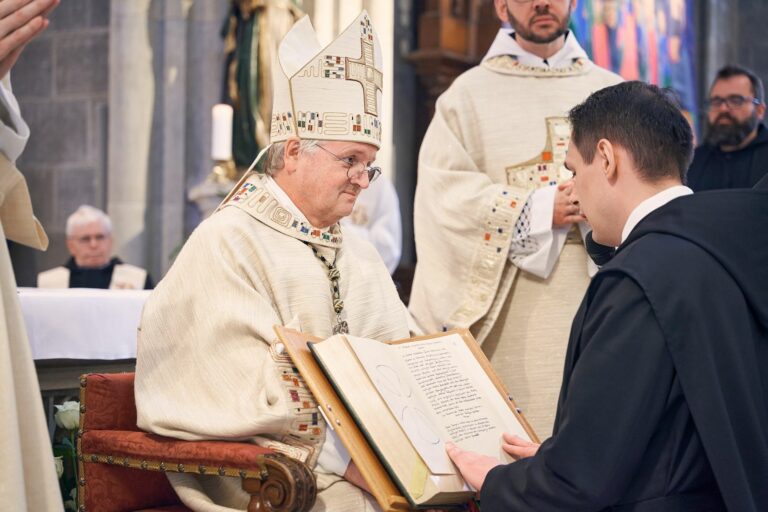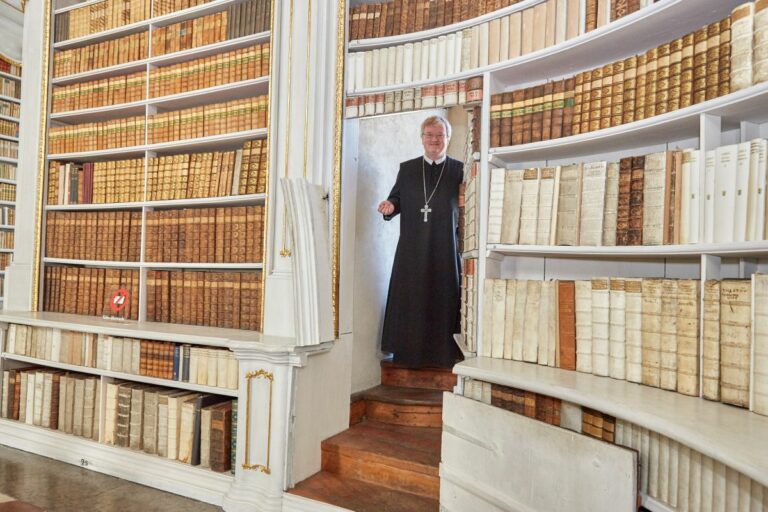Life in community - being a monk at Admont Abbey
Our community life is organised according to the Rules of St Benedict, adapted to our time and the required tasks from the founding mission of the monastery.
Living in community - being a monk at Admont Abbey
At Admont Benedictine Abbey, community is more than just living together - it is a living faith, shared responsibility and mutual strengthening on the path to God. Our life is based on the Rule of St Benedict, which we place in the context of our time and combine with the tasks of the monastery.
Seeking God - not alone, but together
The most important task of a Benedictine monk is the search for God. However, this search does not take place as an individual struggle - but in the midst of a community of brothers that supports, strengthens and accompanies. This community is particularly tangible in choir prayer, at Holy Mass, around the common table, in open dialogue, on festive occasions, on excursions and in loving togetherness - whether during a visit, in caring for older confreres or even during a cosy evening with a "glass of wine".


Feel your calling - take the first step
Do you feel a longing for a different life? Would you like to dive deeper into faith and are you looking for a spiritual community that supports you?
Then you are cordially invited to get to know our life. We welcome men who are interested in the Rule of St Benedict and would like to gain an insight into our everyday life at Admont Abbey.
Monastic Vows
The monastic vow includes constancy, monastic life and obedience.
Temporary monastery residency
A monastery lives from men who find their way into the monastery. In many areas, we demonstrate time and again that we are an attractive place for men to lead a life according to the Rule of St Benedict.
However, it is important that our life as monks becomes known and that people consider joining our monastery.
Get to know us
As part of our "Temporary Monastery" programme, men can get to know life in a monastery better. The Benedictines of Admont cordially invite young men up to the age of 40 to spend a weekend getting to know the monastery and the monks. During these days we want to give an insight into our house, our prayers, our economy and the Rule of St Benedict. Information and registration: Subprior Fr Thomas. As novice master, he is responsible for the young monks and those interested!

The duties of monks today
The holistic life of a Benedictine community can be briefly summarised with these words. Praying, working and reading the Holy Scripture as well as patristic texts are the pillars that life in the monastery is based on.
Many paths lead to the monastery
One of Fr. Rupert's great talents is performing real feats on the organ. Before joining the monastery, he had turned his talent into a profession.
He worked as an organist and conductor of the church choir for a few years. He thereby found his way to a deeper relationship with God – above all through liturgy – and thus finally his vocation to monastic life.




























